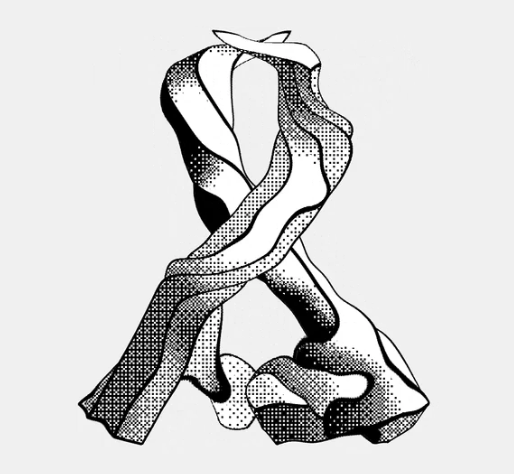For example in a tree, the water is lifted from the high concentration in the soil to the low concentration higher up in the tree. But at the end of that process the water has been elevated, which should take energy (=mgh), but it seems like it kind of gets lifted for free without spending any energy?
Similarly, dipping a paper towel into a bowl of water, the water “climbs” the towel (by capillary action?) and absorbs upwards, meaning the water was lifted upwards (so gained potential energy) seemingly for free?
I don’t remember all of the details, but I thought it was essentially the water’s surface tension that foots the energy bill when climbing a paper towel or a capillary in a tree.
The surface of fluids like water are unhappy. Molecules on the surface would much rather be deep in the fluid because on the surface they have “dangling” Van der Waals & polar bonds to one side. You can calculate the potential energy of the surface due to all of those dangling weak bonds, & that’s the energy that is used to climb a capillary (the energy isn’t free).
I could be misremembering though, I admit. School was many years ago…
What you are describing is not osmosis, it is capillary action. Capillary action is caused by the forces between the water molecules and the molecules of the tube overcoming the force of gravity. You can read more here: https://chem.libretexts.org/Bookshelves/Physical_and_Theoretical_Chemistry_Textbook_Maps/Supplemental_Modules_(Physical_and_Theoretical_Chemistry)/Physical_Properties_of_Matter/States_of_Matter/Properties_of_Liquids/Capillary_Action
Briefly, the water molecules are attracted to the molecules of the tube by adhesive force. The liquid molecules are also attracted to each other by cohesive force. The interplay of these forces causes capillary action.
However, it seems that tree sap moves by more than just capillary action. If you scroll down part way in this book they talk about it a bit: https://pressbooks.online.ucf.edu/phy2053bc/chapter/cohesion-and-adhesion-in-liquids-surface-tension-and-capillary-action/
No energy is required for regular osmosis as it is a statistical proces involving the random movement of particles: https://www.sainaptic.com/post/what-are-the-differences-between-diffusion-osmosis-and-active-transport
Trees have a vascular system for water transport: https://www.earthdate.org/episodes/how-trees-lift-water
The energy required for a piece of paper to get wet upwards is provided by the reduced surface energy: https://physics.stackexchange.com/questions/2254/when-water-climbs-up-a-piece-of-paper-where-is-the-energy-coming-from
I’ve always wondered this too.



